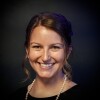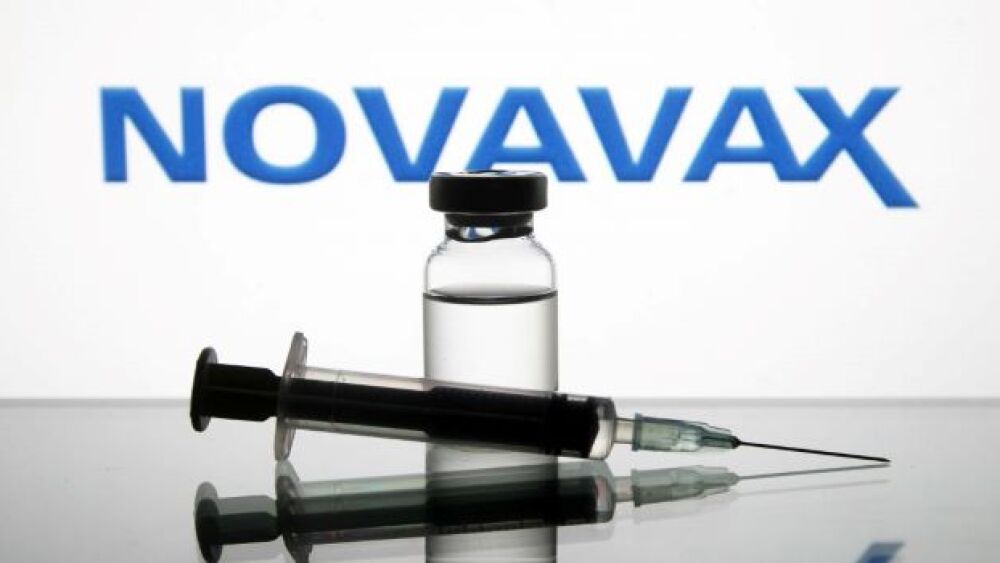As a devastating pandemic increased scientific collaboration globally, CSL was already ahead of the curve with teams spanning the continents, working together to advance lifesaving treatments and technologies.
Sandra Wymann, the Team Lead Translational Biology out of Bern, Switzerland (left) and Vanessa Sandford, Senior Director of Drug Products R&D at CSL Behring.
Louis Pasteur quipped “Science knows no country,” and more than 27,000 CSL Limited employees across the globe would agree. As a devastating pandemic increased scientific collaboration globally, CSL was already ahead of the curve with teams spanning the continents, working together to advance lifesaving treatments and technologies. At CSL Behring, a subsidiary of CSL, two employees experience this collaboration on a daily basis. They recently took time to share their career journeys with BioSpace.
“[Collaboration] is one of our core values and has always been a foundation here. It’s a large company. We have very different organizations. We’re starting to really challenge all the boundaries of those organizations,” Vanessa Sandford, Senior Director of Drug Products R&D at CSL Behring told BioSpace.
The global biotech’s R&D organization spans nine countries, with over 1,700 scientists and researchers around the world. The past few years have seen a coming together in the global structure, building teams of the best and brightest regardless of physical location to advance the company’s R&D pipeline that focuses on six therapeutic areas across four scientific platforms and two businesses (CSL Behring and Seqirus).
Sandford works primarily with her team of around 100 scientists and engineers on recombinant proteins and cell and gene therapies. Based in Melbourne, Australia, she’s been with CSL for over 12 years now since being drawn to the company due to its focus on rare diseases and because CSL develops, as Sandford says, “the right molecules for the right reasons.”
Even the building plans for CSL’s new global headquarters in Melbourne’s Parkville Biomedical Precinct that will also house R&D’s leading-edge laboratories are set up to mirror CSL’s commitment to collaboration. Instead of arranging workspace by organization, the employees housed there will be laid out by functional interests in order to share equipment and expertise. Sandford, who was tapped to lead the team for the new design, is excited to see scientists and engineers able to learn freely and easily from one another in the new shared space.
“We’re breaking down those organizational boundaries,” Sandford proudly shared.
Despite a lack of experience in the area, Sandford was empowered to lead the design process after expressing interest to do more with the company. The role has led her in a completely new direction, adding a level of company involvement far beyond her usual area of focus. A driven worker, Sandford doesn’t like to “gather too much dust.”
“I’m pretty happy to jump into a new thing, take it by the horns and go for it. Of course, there’s always lots of support around you if you need mentoring or any advice,” Sandford said.
“It’s easy to be brave at CSL. There is that support structure there.”
For her, the openness of communication is part of the beauty of working for CSL. The constant conversation happening between employees and upper levels of management opens doors and creates new opportunities for anyone looking for more. It was the genuine, two-way dialogue in Sandford’s initial interview that impressed her enough to accept the job over a decade ago.
“The culture was evident on day one. It’s one of the big reasons why I’m still here.”
Sandra Wymann, the Team Lead Translational Biology out of Bern, Switzerland has also been with the company for over 12 years. She was hired right out of university, after completing her Ph.D. in immunology and microbiology with the help of a scholarship from CSL.
Coming into the company in a research role, Wymann experienced more and more opportunities to take on high priority projects, additional responsibilities and grow in her role.
“CSL really trusted in me and what I’m doing. They supported me by providing me with more people in my team as the work increased. I always got the support to get additional people working in the lab,” she explained.
Wymann is currently involved in projects for assets that she helped develop – including the potential opportunity to take one of her projects to clinical trial.
In addition to appreciation for the CSL culture, Wymann has stayed with the company due to the support she received amidst major life changes. Upon entering motherhood, Wymann found CSL willing to work with her to transition to a part-time schedule. Slimming down to a three-day workweek, Wymann not only kept her position but was empowered to grow her role, expanding into global projects and teams. As Wyman said, “it’s very hard to find a job that will work with that.”
At CSL, if you have the right mindset, drive and interest, you can have an impact anywhere. As the company’s Chief Human Resources Officer Elizabeth Walker said, you just have to be willing to “say yes to the mess.” Sandford found that if you’re willing to jump into a challenge and try, you’ll get the support you need to be successful. She touts it as a culture where everyone is happy to share – a culture that connects people at all levels and roles throughout the organization. For R&D, it’s a “Combinatorial Culture” of collaboration and complementary leadership.
“I think it’s a very energetic company. There really is no chance to become bored or stuck. So much opportunity. We’re constantly assessing are we heading in the right direction? Are we innovative enough? That constant questioning keeps us relevant. There is interest and enthusiasm from our staff at all levels. No matter what level you are, you can really take something big and chunky on and drive it.”
Or as Walker said, you can say yes to the mess and see where it leads you. At a company like CSL Behring, you can bet it’s going to be somewhere worth going.
Featured Jobs on BioSpace






